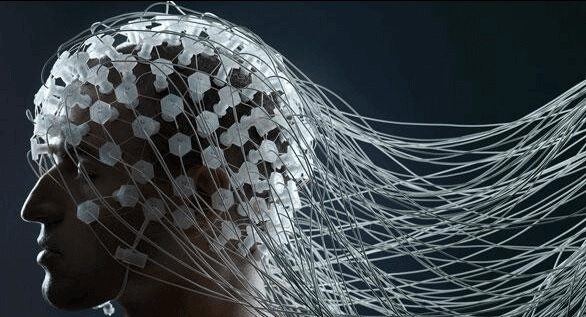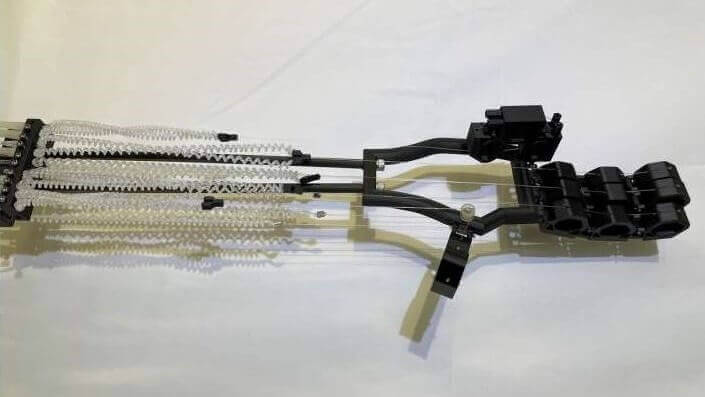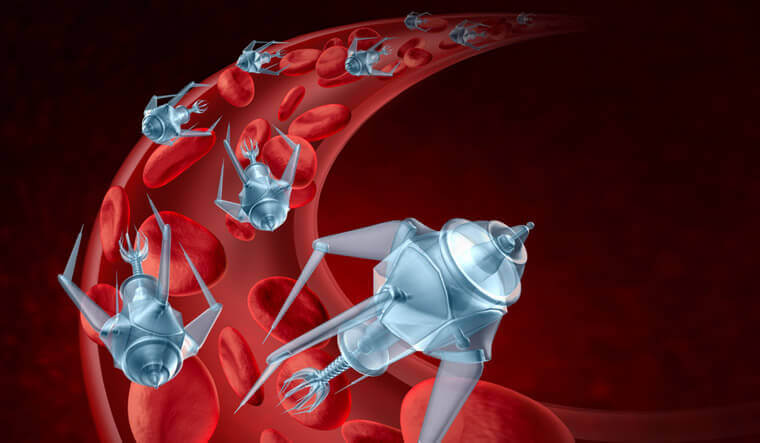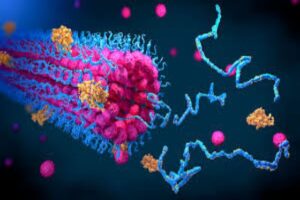Artificial Intelligence Term Created By John McCarthy
John McCarthy chaired the first-ever conference on artificial intelligence, where he gave breath to field AI. The conference’s main agenda was to devise methods to teach machines to solve problems like a human. Read more
August, 1956
Timeline

MIT researchers have created a self-sustainable microsystem
This research is funded by the U.S. Army Combat Capabilities Development Command Army Research Laboratory. This project is a perfect example of using a living system to generate electricity. Thus devised system won’t require any battery and can operate without any human input. The same research team discovered that electricity can be generated from the […]
Brain computer interface records brain signals for handwriting
Researchers at Howard Hughes Medical Institute set up a brain-computer interface to record brain signals when a person thinks of writing a letter. That was a unique idea to record and recreate the expression of a paralyzed person who wants to write. The neural signal for each letter was recorded by giving instructions to the […]
New Nex-Gen robotic Muscle Technology outperforms natural counterpart
Cavatappi artificial muscles work more like human muscles are built from polymer tubes that have the potential of twisting and coiling. These have the advantage over the actuators as actuators lack flexibility. They are very powerful and lightweight, outperforming human skeletal muscles. These twisted polymer actuators (TPAs) can contract up to 45%. Engineers believe that […]
Our adaptive immune system uses reinforcement learning against germs
The adaptive immune system is our body’s second line of defense. The soldiers are classified either as T cells or B cells. T-cells are responsible for detecting the foreign pathogen and creating a response against them. Previously, the biology of T cells has been widely studies but detection and training mechanism was unknown until now. […]
Nanotech scientists create world’s smallest origami nanorobot
The field of robotics does not stop surprising us. Cornell University scientists used a memory actuator to create a nano-bot that folds itself with a volt supply. A shape-memory alloy is used i.e. bends on heat/current and regains its shape when heat/volt is removed. This concept has been utilized to make micron size origami birds […]
no-electronic robot born in University of California
Soft robotics is a new paradigm shift in robotic research. They offer flexibility and multi-environmental functionality, contrary to rigid robots. Most soft robots function based on pneumatic circuits (pressurized air and valves). But the main issue is their brain circuit that is usually heavier and requires electricity. Michael T. Tolley and his team designed a […]
Swinburne University Of Technology Australia Researchers Introduced Neuromorphic Processor
Researchers from the Swinburne University of Technology Australia and other continents collaborated to demonstrate the World’s faster optical neuromorphic processor with the capability of 10 TeraOPs/s. This is the fastest processing speed achieved by any single processor. While other ultra processors like Google’s TPUs can operate 100 Tera operations per second (TeraOPs/s) but this is […]
Milad Abolhasani developed Artificial Chemist 2.0
Remember Iron Man’s Jarvis? Artificial Chemist 2.0 works with the same charm. Milad Abolhasani from North Carolina State University demonstrated this phenomenon. Basically, it is a manufacturing system that enables users to select quantum dots for customized results. Quantum dots are colloidal semiconductor nanocrystals that are used in LED displays and solar cells. User can […]
Scientists Developed Soft Robotic Gripper Similar To Pole Beans
At the University of Georgia, scientists created a small and sensitive soft robotic gripper that gently but firmly holds the smaller objects, even a minimum of 1 millimeter in diameter. This idea was taken from pole beans that twine against a rope or any other elongated structure. The process of making a soft robotic gripper […]
DeepMind’s AlphaFold Won CASP Protein Folding Contest With Highest Accuracy
Protein structure prediction is the most crucial part of drug designing and understanding how life works. DeepMind’s AlphaFold was initiated to understand protein structure at its best. In a Critical Assessment of Structure Prediction (CASP) contest, AlphaFold competed against 100 competitors and scored 87 while 2nd top competitor was at 75. This was a remarkable […]










